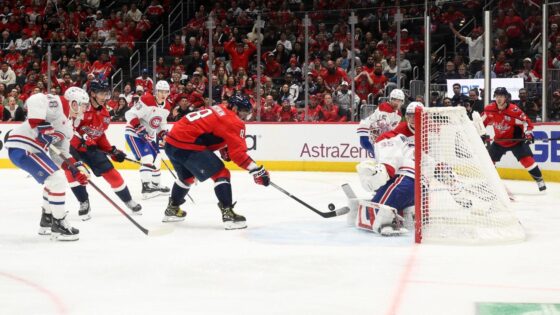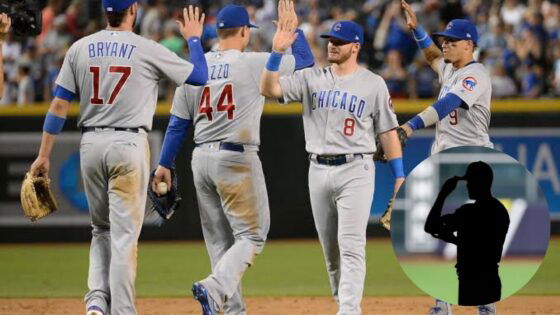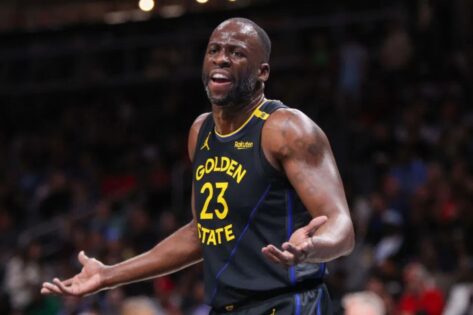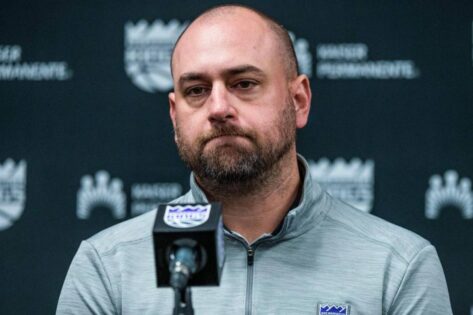How can one weekend destroy your entire future? That’s what happened to Riley Masterson. Back in 2022, a 16-year-old from Fort Erie, Ontario, played in just two exhibition games with the Windsor Spitfires of the OHL. He didn’t sign a contract. He didn’t earn money. But under the NCAA’s then-standing rule, his brief appearance labeled him a ‘pro,’ permanently banning him from NCAA Division I hockey. No college team, no scholarship, no second chance. That moment, and what followed, would ultimately change the entire system.
Masterson didn’t take it lying down. In 2024, he filed a lawsuit against the NCAA. It wasn’t just about him; it was for hundreds of kids who had been shut out of college hockey for minor CHL involvement. And it worked. On November 8, 2024, the NCAA Division I Council finally voted to remove the ban, effective for the 2025–26 season beginning August 1, 2025. Now, CHL players can retain NCAA eligibility as long as they haven’t signed a pro contract or received pay beyond actual expenses. For the first time in decades, players didn’t have to choose between the CHL and college; they could dream of both.
And that dream is already reshaping hockey’s future. In just nine months since the change, over 215 players from North America and Europe have joined CHL teams. “It gives players more choices, but it also takes away a choice when you’re 15 years old about what you’re going to be doing when you’re 23 years old,” said CHL President Dan MacKenzie in an appearance on NHL Network, which was shared on X by the Canadian Hockey League. “those were the kinds of choices you had to make.” The impact is huge: talented teens can now develop in the CHL and still choose NCAA hockey, giving them more options and more control over their careers. It’s not just a win for players.
“We’ve seen a massive influx of players into the CHL.”
President Dan MacKenzie discusses the changing hockey landscape on his recent appearance on @NHLNetwork Tonight. pic.twitter.com/HI16UUV6FJ
— Canadian Hockey League (@CHLHockey) July 19, 2025
Even the NIL world is starting to feel the ripple. Gavin McKenna, the projected #1 NHL Draft pick in 2026, is now the face of this new era. McKenna recently signed with Penn State University while also securing a $700,000 NIL deal. This would’ve been impossible under the old rule. But now, McKenna’s path shows that players can combine elite CHL experience, top-tier college hockey, and high-value NIL deals. It’s a new model and a new reason for the best young athletes to take a second look at NCAA hockey.
Riley Masterson’s NCAA career ended before it began. But his story sparked a rule change that gives others a shot. The hockey world has officially entered a new phase, one where a single game doesn’t cost you your future. Where top prospects aren’t boxed into one path, and where college hockey can compete financially with the pros. As Dan MacKenzie put it, “If you want to play in the NHL, you come to the CHL. And then it’s up to us, at that point if we’re getting all the best 16-, 17-, 18-year-old players, to make sure that we’re providing an environment that allows them to continue to develop when they’re older. And thanks to that, the next great star might come from anywhere. However, the NCAA rule change freed up players but also disrupted a balance…
The ripple effects of the NCAA’s move on the hockey world
“It has forced kids’ hands at an early age to decide which path they want to take,” said WHL Commissioner Dan Near. For years, talented Canadian prospects had to pick between major junior hockey or the NCAA, often while still mid-teen. Now? That pressure is gone. But there comes the concern. Sixty Division I programs had open access to CHL players between the ages of 16 and 20. Schools are ‘scrambling to establish connections with CHL coaches and scouts’ to grab top-tier prospects.
It’s no longer just about finding overlooked gems; it’s a full-blown recruiting arms race. But not everyone’s celebrating. U.S.-based junior leagues like the USHL fear their players will be overshadowed by CHL stars who already play at elite levels. For once, the NCAA’s balance may be tipping toward cross-border dominance. Smaller-market CHL teams may lose their local heroes mid-development, especially as NCAA scholarships become more enticing. Meanwhile, some CHL players jumping to college hockey are discovering new academic hurdles, as many didn’t take the NCAA-required high school core courses.
And from an NHL standpoint, the rule shift complicates timelines. Undoubtedly, CHL prospects still must sign within two years, while NCAA players give teams up to four. Throw in the NCAA’s chaotic transfer portal, and scouts, coaches, and families are navigating a completely rewritten development landscape, one filled with opportunity, risk, and rapid change.
The post Removing Age-Old NCAA Rule Gets NIL Stars Another Hockey Opportunity appeared first on EssentiallySports.



